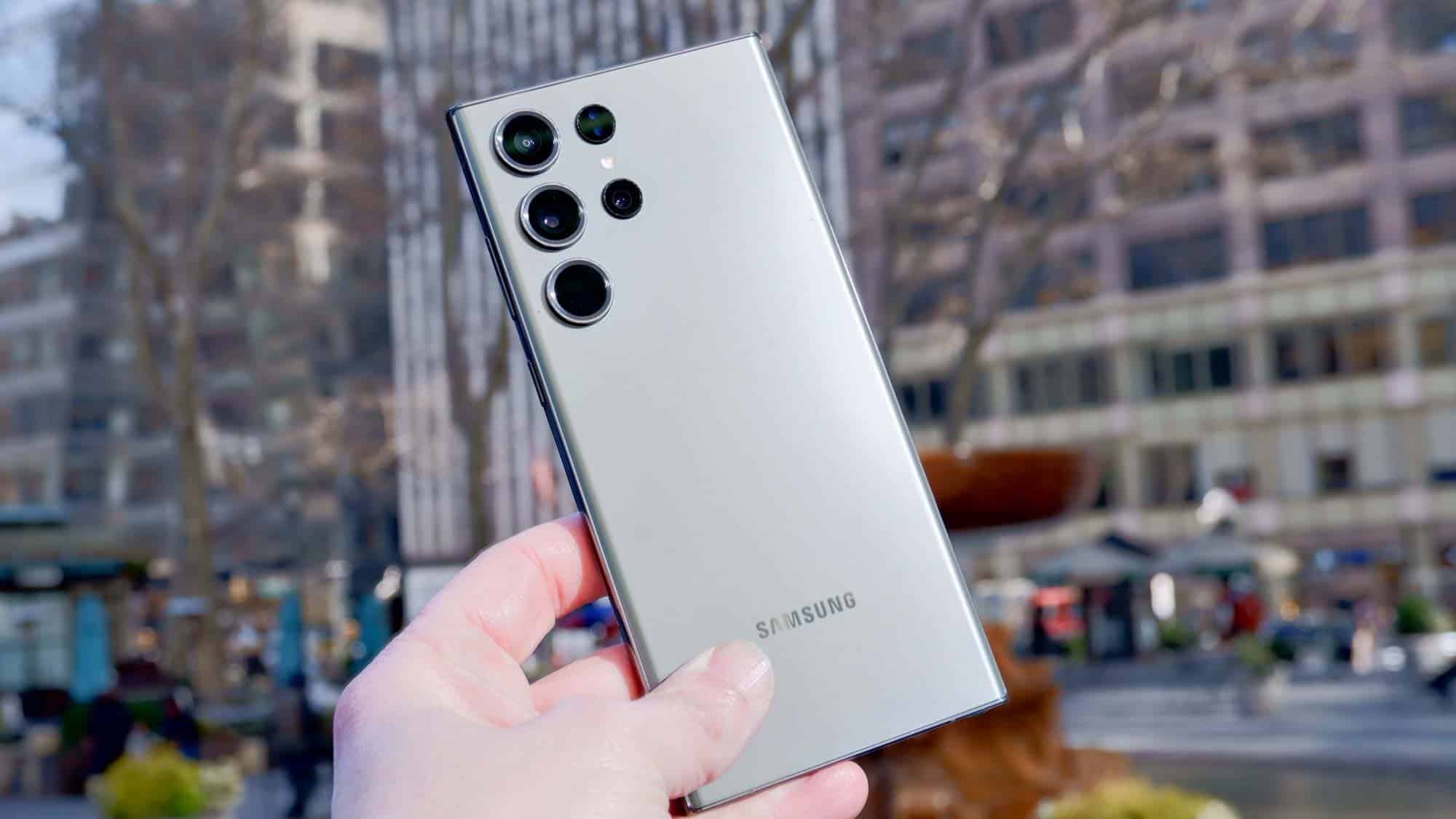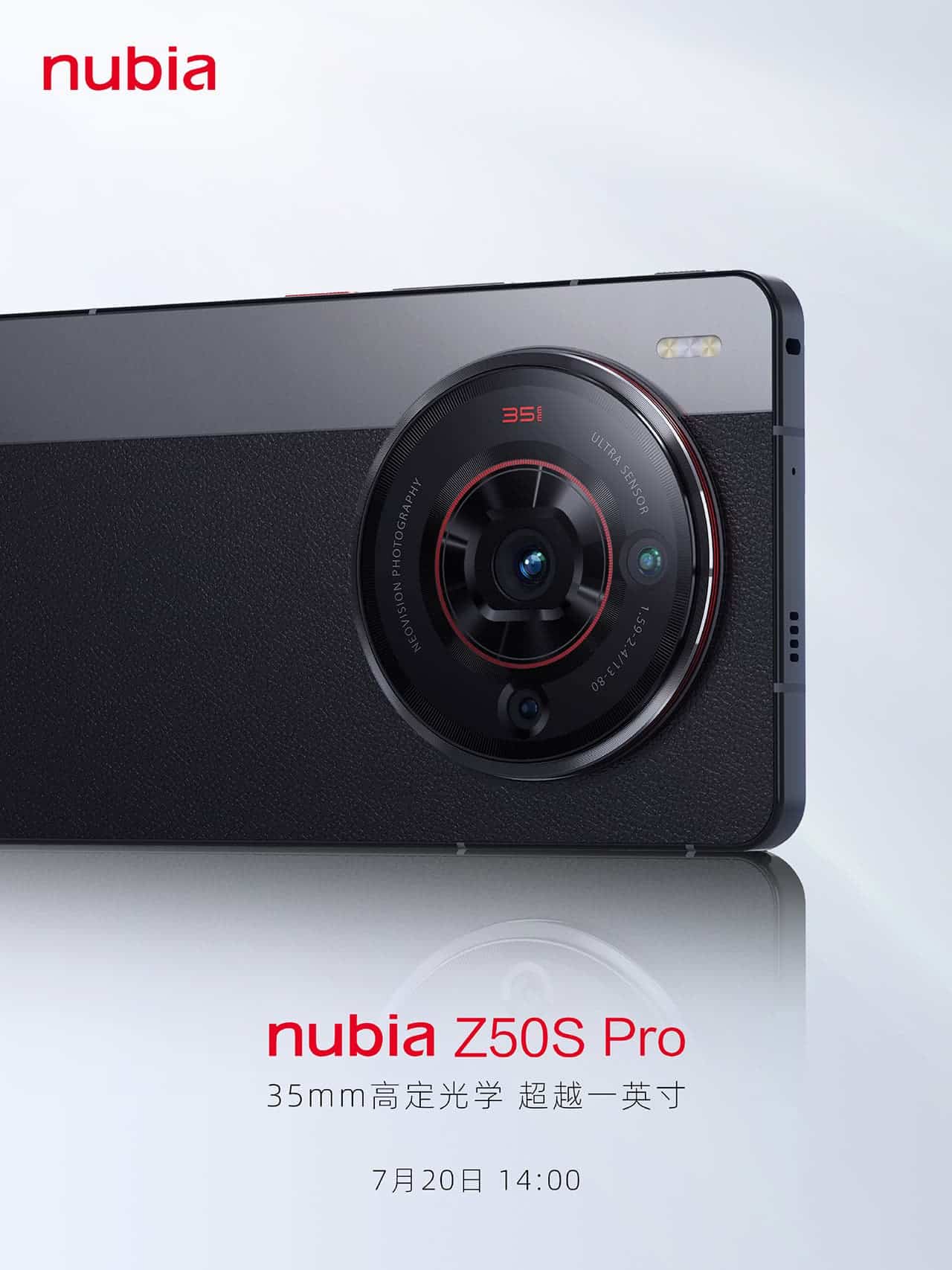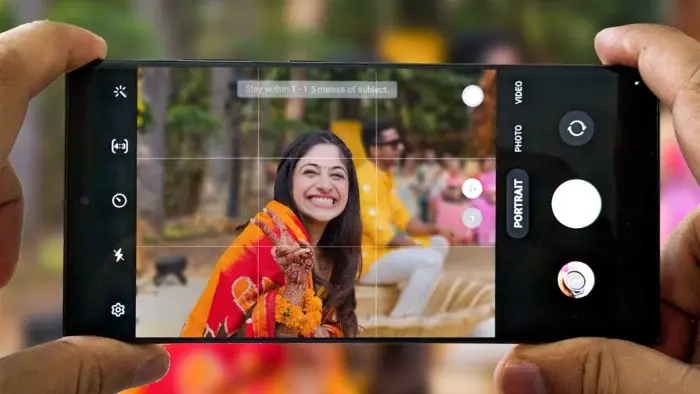In today’s digital age, the ability of a mobile phone camera has become a crucial factor for many when choosing a new device. As mobile phone technology rapidly advances, the camera quality of these devices has reached impressive heights. They now offer high – quality images and videos on the go. However, with a plethora of options available, choosing the right camera mobile phone can be a big task. However, with the right information, users can make good decisions and get a device that meets their camera needs. In this article, we will provide you with some tips on how to choose a decent camera mobile phone.

1. Identify Your Photography Needs:
Before diving into the sea of camera mobile phones, take a moment to assess your photography needs. Consider the types of photos and videos you like to capture. Are you a casual camera phone user who captures moments or are you someone who seeks top-grade results? This assessment will guide you towards the right camera specs that will meet your needs.
2. Camera Pixels
While pixels alone don’t determine the camera’s quality, they do play a role in image resolution. Higher pixels can yield larger and more detailed images. Thus, images taken with high-pixel sensors can have an edge for printing or cropping. However, be cautious not to solely rely on megapixels, as factors like sensor size and image processing also contribute to image quality.
3. Sensor Size:
The sensor size influences how much light the camera can capture. This plays a role in the image quality, especially in low-light conditions. Larger sensors generally perform better in low light and produce a more dynamic range in images. If images in low light settings matter to you, then you have to consider a phone with a larger sensor size.
4. Aperture and Low-Light Performance:
The aperture also determines how much light the camera lens can let in. A lower f-number (e.g., f/1.8) indicates a larger aperture and better performance in low-light situations. Mobile phones with wider apertures excel in capturing well-lit images even in dim environments.

5. Image Stabilization:
Optical Image Stabilization (OIS) or Electronic Image Stabilization (EIS) helps minimize blur caused by shaky hands or motion. OIS provides more effective stabilization and is beneficial for capturing steady videos and sharp photos, especially in challenging conditions. Thus, if you are someone that loves the take images of moving objects, then the device must support OIS.
6. Camera Modes and Features:
Modern camera mobile phones offer an array of modes and features to enhance your camera experience. Look for phones with modes like Portrait, Night, Pro, and Macro to cater to different scenarios. AI-driven features can also help optimize settings based on the scene.
7. Video Capabilities:
If video recording matters to you, pay attention to the camera’s video capabilities. Look for features such as 4K video recording, slow motion, and cinematic stabilization for smooth, high-quality videos. These are all extra features that can help you capture the best videos with your mobile phone.
8. Software and Processing:
The camera’s hardware is only part of the equation; software and processing play a vital role in the final image quality. Brands with strong imaging software can produce impressive results even with moderate hardware specs. Take, for instance, mobile phone brands like Google and Apple, not until recently, they didn’t have phones with high pixels. However, their images are one of the best in the industry. One of the major reasons for this is their software optimization.
9. Reviews and Comparisons:
This is another very important and valid point that you can check out before getting a mobile phone for its camera. Before making a purchase, consult reviews and comparisons from reputable sources. These reviews often reveal real-life camera performance, including image quality, colour accuracy, and low-light capabilities.

10. Brand Reputation:
Different brands have different camera tech, and it is needed to check the brand when choosing a camera mobile phone. Apple, Samsung, and Google are some of the top brands known for their decent mobile phone cameras. However, other brands such as Xiaomi, OnePlus, and Huawei also offer great camera image output. Opt for well-established brands that have proven their brand quality over the years. Then, you can be almost certain that you are getting the best.
11. Hands-On Testing:
Whenever possible, visit a store to test the camera’s user interface, features, and photo quality. This hands-on check can help you gauge if the camera’s functions align with your expectations.
12. Price Check:
In all of these, your pocket will determine what you will get. If you want all that is listed above, then you must have a very deep pocket. While high-end flagship phones tend to have top-tier camera specs, mid-range and budget phones have made big strides in camera technology. Consider your budget and prioritize the camera features that matter most to you.
Conclusion:
Choosing a camera mobile phone involves a balance between hardware and software specs, and personal choices. By checking factors such as pixels, sensor size, low-light performance, stabilization, camera modes, and brand reputation, you can make a good decision. Research, compare, and test the camera capabilities before making a purchase to ensure that the chosen device aligns with your camera needs. Also, do not forget that the right camera mobile phone can change your daily moments into stunning visual memories. By following these tips above, you can make a better choice and get a phone that meets your camera needs.





